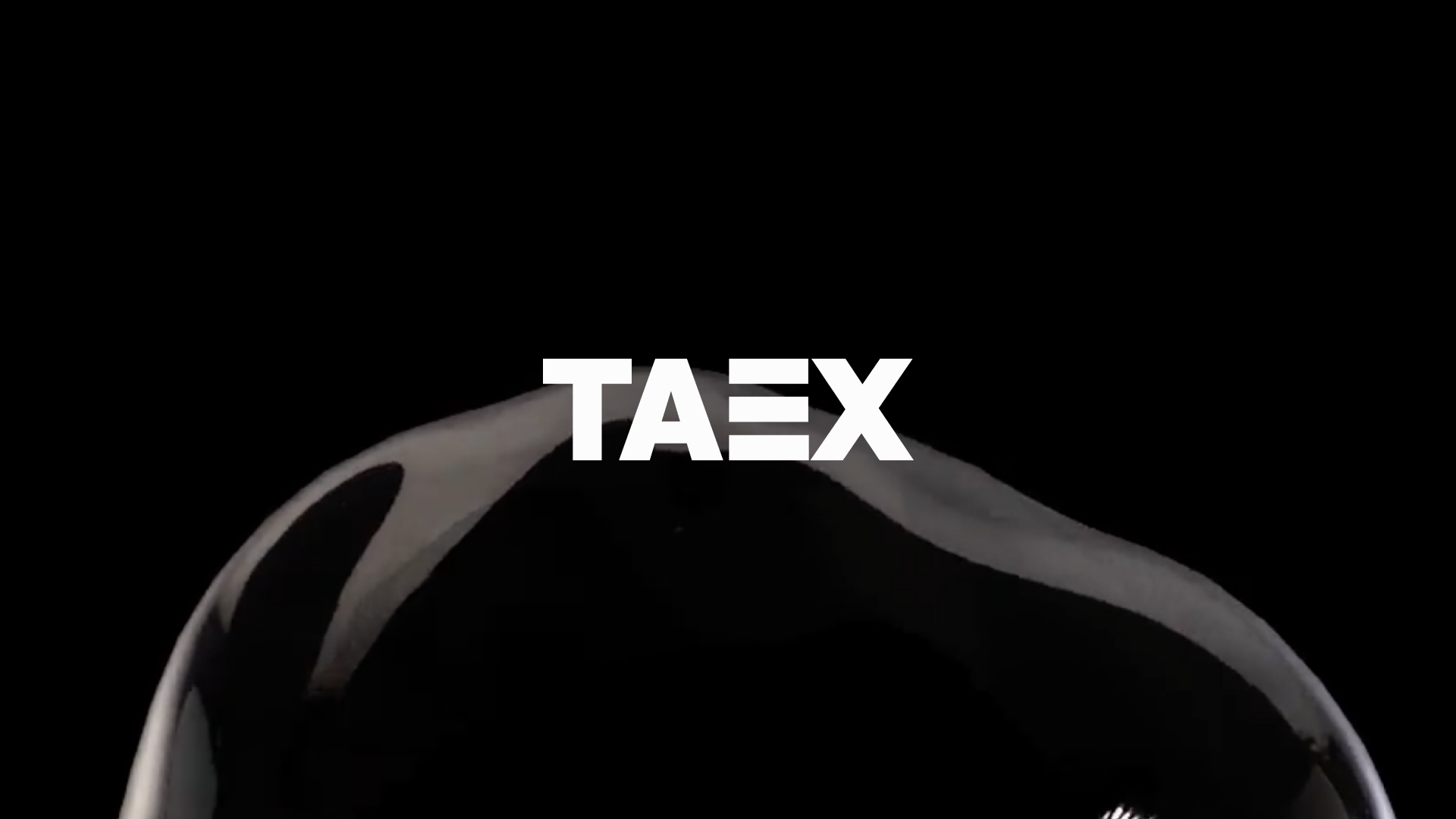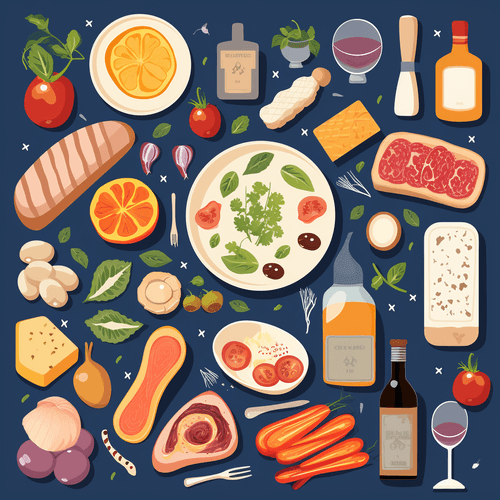
Net Art
/net-art1886
A home to share our love for Net Art. 🖥️ Banner by jodi.org
✨Net artist Chia Amisola is definitely the real Milady. Aura maxxing everyday— 🥹✨
<Himala (Miracle) is a durational devotional. It unravels the Virgin Mary and feminist forms of faith as network technologies; it considers our bodies as infrastructures, containes within glitchy apparitions.>
🔗 🔗 ⬇️ ⬇️
https://everythingi.love/#world/himala/
<Himala (Miracle) is a durational devotional. It unravels the Virgin Mary and feminist forms of faith as network technologies; it considers our bodies as infrastructures, containes within glitchy apparitions.>
🔗 🔗 ⬇️ ⬇️
https://everythingi.love/#world/himala/
I came across this performative action image of a "pre-blockchain transaction" from 1999, when an artist sold her digital work to an art collective, which was hosted on their website.
Why did no one tell me I forgot to include the image in my cast yesterday? 🤣
I really need a vacation 🫣
Here is the image!
I really need a vacation 🫣
Here is the image!
Loading...
#monochrome-monday
I Am Not Good At Computer, Screens #02304
By @sgt-sl8termelon @pfeffunit and myself, 2024
I Am Not Good At Computer, Screens #02304
By @sgt-sl8termelon @pfeffunit and myself, 2024
Sweet Dreams with a #monochrome-monday #mono with a piece collected on @rodeoDEEPCOREby Marcel Julio
DEEPCORE by moratiel on @rodeodotclub
DEEPCORE by moratiel on @rodeodotclub
in 2011 Mainz was "city of science" in germany. i made an interactive installation together with Denis Klein (Team D)... called "Facetten der Wissenschaft" were we scraped website data from scientific institutions in Mainz and made an interface to experience them on different projections. the typographic visualizations/exeriments were #mono 😊 —perfect for #monochrome-monday
net-art ▪️▫️ — 22 reference pt 4 / #monochrome-monday #mono
You Are Here (2024) by 0xfff youarehere.0xfff.love
"You Are Here" is an onchain conceptual-generative artwork that plays with the act of bridging between blockchains. The individual tokens of the collection are bridgeable between various EVM-based blockchains. Every bridge transfer creates a visual trace between the chain ids. The traces between two chains intensifies every time the token is bridged between them. The token traces the history of the last 100 bridging transfers.
You Are Here (2024) by 0xfff youarehere.0xfff.love
"You Are Here" is an onchain conceptual-generative artwork that plays with the act of bridging between blockchains. The individual tokens of the collection are bridgeable between various EVM-based blockchains. Every bridge transfer creates a visual trace between the chain ids. The traces between two chains intensifies every time the token is bridged between them. The token traces the history of the last 100 bridging transfers.
#monochrome-monday
Alexei Shulgin, "FORM ART", 1997
https://rhizome.org/editorial/2017/jan/12/a-net-artist-named-google-1/
https://anthology.rhizome.org/form-art
Alexei Shulgin, "FORM ART", 1997
https://rhizome.org/editorial/2017/jan/12/a-net-artist-named-google-1/
https://anthology.rhizome.org/form-art
THE ART OF SLEEP, 2006 (stills), Young-Hae Chang Heavy Industries #monochrome-monday
https://www.yhchang.com/
https://www.yhchang.com/
🖤 #monochrome-monday in /net-art
S E L E C T I O N
by @leegte.eth
2024
Excerpt from the artist's description:
I have always been spellbound by the selection marquee. The elegance and sensitivity of this element of GUI is unlike anything else. Extending the idea of circling a word with a pencil it is a physical manifestation of our mental capacity to select, bringing in all the unique material beauty that only the computer can offer. Paraphrasing Bruce Nauman, on the one hand it’s just a daily used functional element, but on the other when seen for what it is, it is a profound experience. Like something between a beer and a waterfall.
– Jan Robert Leegte
More info:
www.leegte.org
S E L E C T I O N
by @leegte.eth
2024
Excerpt from the artist's description:
I have always been spellbound by the selection marquee. The elegance and sensitivity of this element of GUI is unlike anything else. Extending the idea of circling a word with a pencil it is a physical manifestation of our mental capacity to select, bringing in all the unique material beauty that only the computer can offer. Paraphrasing Bruce Nauman, on the one hand it’s just a daily used functional element, but on the other when seen for what it is, it is a profound experience. Like something between a beer and a waterfall.
– Jan Robert Leegte
More info:
www.leegte.org
A deep dive into the history of /net-art 🫴
N E T A R T A N T H O L O G Y
by Rhizome
Retelling the history of net art from the 1980s to the 2010s.
https://anthology.rhizome.org/
N E T A R T A N T H O L O G Y
by Rhizome
Retelling the history of net art from the 1980s to the 2010s.
https://anthology.rhizome.org/
🖤 #monochrome-monday
T H E W E B S T A L K E R
by I/O/D (Matthew Fuller, Colin Green, Simon Pope)
1997
The Web Stalker was an artist-made browser that challenged the emerging conventions of the new medium of the web. Its radical interface reimagined web browsing as an engagement with the structure of the web itself. It ignored images and formatting, instead allowing users to move freely among online texts while highlighting the connections among them.
The Web Stalker offered a provocation to artists working with the net, suggesting that to fight back against its emerging corporate monoculture, they must look beyond HTML, and consider other aspects of its infrastructure.
More info:
https://anthology.rhizome.org/the-web-stalker
T H E W E B S T A L K E R
by I/O/D (Matthew Fuller, Colin Green, Simon Pope)
1997
The Web Stalker was an artist-made browser that challenged the emerging conventions of the new medium of the web. Its radical interface reimagined web browsing as an engagement with the structure of the web itself. It ignored images and formatting, instead allowing users to move freely among online texts while highlighting the connections among them.
The Web Stalker offered a provocation to artists working with the net, suggesting that to fight back against its emerging corporate monoculture, they must look beyond HTML, and consider other aspects of its infrastructure.
More info:
https://anthology.rhizome.org/the-web-stalker
🖤 #monochrome-monday
T U R U X . O R G
by @liasomething and Dextro
"Semi-automatic" evolving artworks, in some cases interactive, originally part of the website turux.org, created from 1997 to 2001. The artworks were created with Macromedia Director's Lingo scripting language and exhibited *live* on the artists' website with the Shockwave Plugin. Lingo was the hot shit pre Flash.
Lia remains active until today, releasing her generative artworks as NFTs, more info: liaworks.com, turux.at
T U R U X . O R G
by @liasomething and Dextro
"Semi-automatic" evolving artworks, in some cases interactive, originally part of the website turux.org, created from 1997 to 2001. The artworks were created with Macromedia Director's Lingo scripting language and exhibited *live* on the artists' website with the Shockwave Plugin. Lingo was the hot shit pre Flash.
Lia remains active until today, releasing her generative artworks as NFTs, more info: liaworks.com, turux.at
net-art ▪️▫️ — 22 reference pt 3 / #monochrome-monday #mono
Newstweek (2011) https://julianoliver.com/projects/newstweek/
Newstweek is a device for manipulating news read by other people on wireless hotspots. Built into a small and innocuous wall plug, the Newstweek device attacks wireless networks, routeing all traffic through itself; a ‘man in the middle’ attack. Strategically boring to behold, it appears part of the local infrastructure and allows writers to remotely edit news read on wireless devices without the awareness of their users.
by Julian Oliver & Daniil Vasiliev
Newstweek (2011) https://julianoliver.com/projects/newstweek/
Newstweek is a device for manipulating news read by other people on wireless hotspots. Built into a small and innocuous wall plug, the Newstweek device attacks wireless networks, routeing all traffic through itself; a ‘man in the middle’ attack. Strategically boring to behold, it appears part of the local infrastructure and allows writers to remotely edit news read on wireless devices without the awareness of their users.
by Julian Oliver & Daniil Vasiliev
Happy #mono Monday with Path (Software 1) by Casey REAS 🤍
Exploring how digital systems can emulate biological movement patterns. Abstract lines and shapes that follow dynamic, flowing patterns, evoking the movements of water, wind, or even human gesture. The piece reflects Reas’ ongoing fascination with how natural processes can be simulated through code.
#monochrome-monday
Exploring how digital systems can emulate biological movement patterns. Abstract lines and shapes that follow dynamic, flowing patterns, evoking the movements of water, wind, or even human gesture. The piece reflects Reas’ ongoing fascination with how natural processes can be simulated through code.
#monochrome-monday
Loading...
#monochrome-monday #mono /net-art
wwwwwwwww. jodi .org from 1995
by Jodi .org
"A collaborative art duo consisting of the Dutch artist Joan Heemskerk and the Belgian Dirk Paesmans , Jodi. org is responsible for many of the best-loved Internet artworks of the ‘90s— including most famously wwwwwwwww. jodi. org from 1995. An initial visit to the URL shows a page of nonsensical numbers, symbols, and letters, rendered in green on a black background that recalls the programmer’s terminal window. Viewing the webpage’s source info (right-click and select “View Page Source”) reveals the real "artwork": a series of digital “text-drawings” reminiscent of technical diagrams but made using the markup language HTML. Here, the hidden “instructions” are themselves the finished product—the alphanumeric hodge-podge one sees on the site’s front page is merely the incidental result of this coding." (Artspace)
wwwwwwwww. jodi .org from 1995
by Jodi .org
"A collaborative art duo consisting of the Dutch artist Joan Heemskerk and the Belgian Dirk Paesmans , Jodi. org is responsible for many of the best-loved Internet artworks of the ‘90s— including most famously wwwwwwwww. jodi. org from 1995. An initial visit to the URL shows a page of nonsensical numbers, symbols, and letters, rendered in green on a black background that recalls the programmer’s terminal window. Viewing the webpage’s source info (right-click and select “View Page Source”) reveals the real "artwork": a series of digital “text-drawings” reminiscent of technical diagrams but made using the markup language HTML. Here, the hidden “instructions” are themselves the finished product—the alphanumeric hodge-podge one sees on the site’s front page is merely the incidental result of this coding." (Artspace)
Loading...














